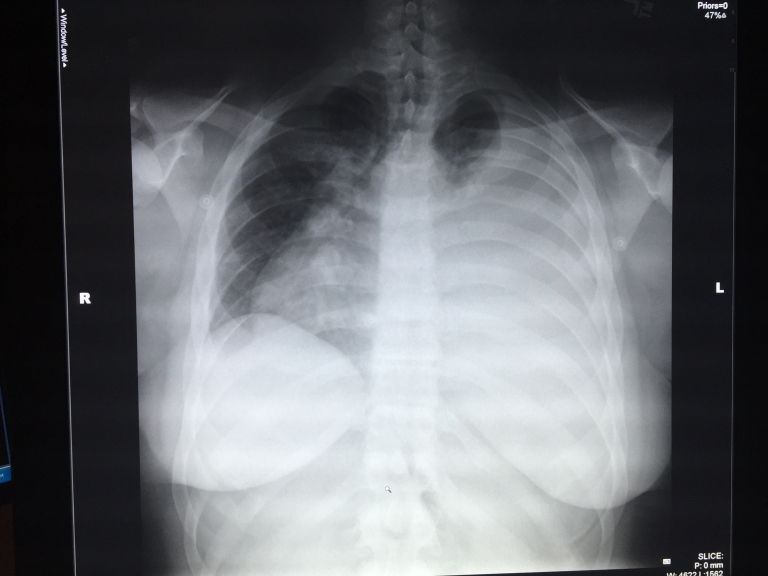What Does A Subtle Finding Mean?
Medical imaging plays an important role in modern healthcare, allowing clinicians to look inside the human body for diagnostic and treatment purposes. Within this field, the term “subtle findings” may play an important role. These are details that may not immediately stand out in an image, but they can be critical for proper diagnosis and treatment.
What is a subtle finding?
Subtle findings on medical imaging may be easily overlooked, but they carry immense significance. A shadow, a slight discoloration, or an anomaly in tissue density – these subtle details can signal the presence of a condition or disease.
The Expertise of Radiologists
Radiologists, the skilled interpreters of medical images, are best trained to identify subtle findings. Their training and specialized knowledge allow them to uncover details that may elude the untrained observer.
Types of Subtle Findings
- Microcalcifications: These tiny calcium deposits, often visible on mammograms, can be indicative of early breast cancer.
- Ground Glass Opacities (GGOs): In lung imaging, GGOs are areas of hazy, increased density. They can be a sign of various lung conditions, including early-stage lung cancer.
- Subtle Vascular Changes: In neuroimaging, small changes in blood flow or vessel structure can be early indicators of neurological disorders.
- Subtle Fractures: In musculoskeletal imaging, a hairline fracture may not be immediately apparent but can be crucial for proper treatment.
The Power of Technology
Advanced imaging technologies, such as high-resolution MRI and CT scans, have revolutionized the detection of subtle findings. These technologies provide clearer and more detailed images, allowing for subtle findings to be identified.
The Impact on Patient Care
Identifying subtle findings early can lead to timely interventions and improved patient outcomes. It can mean the difference between catching a condition in its early stages when treatment is most effective, and dealing with a more advanced and potentially harder-to-treat ailment.
Training and Expertise
Radiologists undergo rigorous training to develop their expertise in recognizing subtle findings. This includes studying various pathologies, honing their observational skills, and staying updated with the latest advancements in imaging technology.
Conclusion
In the world of medical imaging, the ability to spot subtle findings is a skill honed through years of training and experience. These delicate clues, often imperceptible to the untrained eye, hold the key to early diagnosis and effective treatment. Thanks to advancements in imaging technology and the expertise of radiologists, we continue to unlock the potential of these subtle details, ultimately enhancing patient care and well-being.

